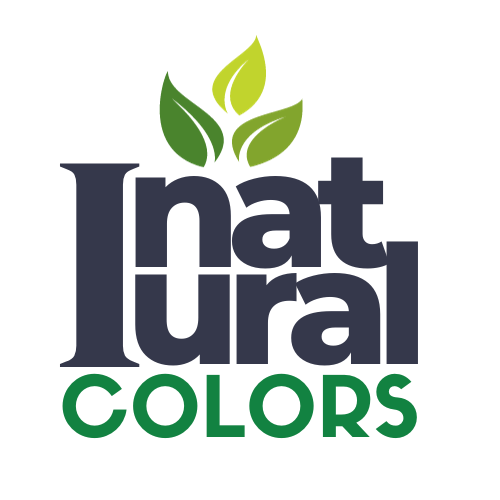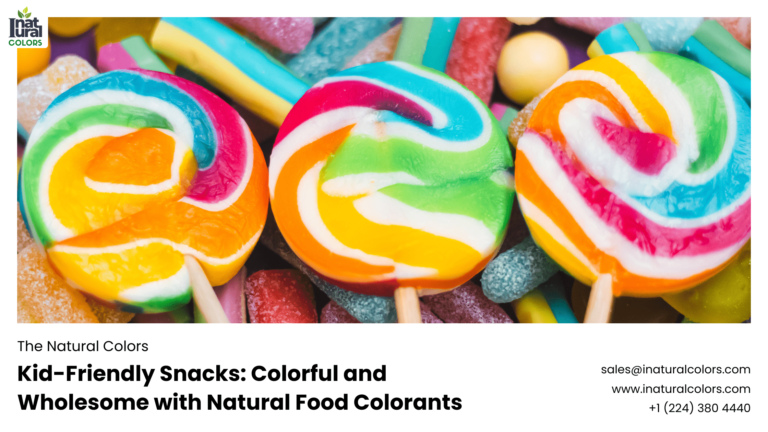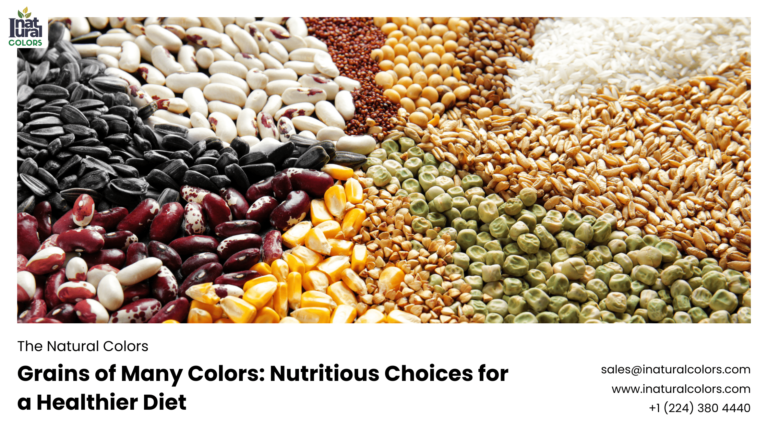Beautiful Plants For Your Interior

Natural Colors – Outline
- Introduction
- The importance of presentation
- Role of natural colors in enhancing attractiveness
- Understanding Natural Colors
- Definition of natural colors
- Examples of natural colors in everyday life
- The Psychology of Colors
- How colors affect human emotions
- The impact of natural colors on mood and behavior
- Natural Colors in Food Presentation
- Enhancing the appeal of dishes
- Health benefits of natural food colors
- Natural Colors in Fashion and Design
- Creating visually appealing outfits
- Sustainability and natural dyes
- Natural Colors in Home Decor
- Creating a harmonious living space
- Popular natural color palettes for interiors
- Benefits of Using Natural Colors
- Eco-friendly and sustainable
- Non-toxic and safe for health
- Techniques to Incorporate Natural Colors
- Using natural materials
- DIY methods for natural dyes
- Case Studies
- Successful use of natural colors in various fields
- Lessons learned from these examples
- Tips for Choosing the Right Natural Colors
- Matching colors with purpose
- Considering the environment and context
- Challenges and Solutions
- Common issues with natural colors
- Overcoming these challenges effectively
- Future Trends in Natural Colors
- Innovations and new techniques
- Growing popularity and demand
- Conclusion
- Recap of the importance of natural colors
- Final thoughts on integrating natural colors into daily life
- FAQs
- What are natural colors?
- How do natural colors impact our emotions?
- Can natural colors be used in all types of products?
- What are the best sources for natural colors?
- How can I start using natural colors in my home?
Natural Colors: A Key to Attractive Presentation
Introduction
When it comes to making anything visually appealing, whether it’s food, fashion, or home decor, presentation plays a crucial role. One of the most effective yet often overlooked elements of a captivating presentation is the use of natural colors. These colors not only enhance the visual appeal but also create a sense of harmony and authenticity.
Understanding Natural Colors
Natural colors are hues derived from nature without synthetic processes. Think of the vibrant greens of a lush forest, the deep blues of the ocean, or the warm reds of a sunset. These colors are all around us and can be found in plants, minerals, and other natural sources.
The Psychology of Colors
Colors have a profound impact on our emotions and behaviors. For instance, green is often associated with tranquility and health, while blue can evoke feelings of calmness and trust. Natural colors tend to have a soothing effect, helping to create environments that feel safe and welcoming.
Natural Colors in Food Presentation
Using natural colors in food presentation can significantly enhance the appeal of dishes. Brightly colored fruits and vegetables not only look appetizing but also indicate a high nutritional value. For example, the deep red of tomatoes and the rich purple of berries are signs of antioxidants and other beneficial nutrients.
Moreover, natural food colors are safer compared to artificial dyes, which can contain harmful chemicals. Incorporating a variety of natural colors in meals can make eating a more enjoyable and healthy experience.
Natural Colors in Fashion and Design
In fashion, natural colors can make outfits look elegant and timeless. Earthy tones like browns, greens, and blues are versatile and can be mixed and matched easily. Moreover, using natural dyes in textiles is a sustainable practice that reduces environmental impact.
Natural Colors in Home Decor
Decorating your home with natural colors can create a peaceful and inviting atmosphere. Soft neutrals like beige, cream, and gray provide a perfect backdrop for bolder natural accents like green plants or wooden furniture. These colors can make a space feel more open and connected to nature.
Benefits of Using Natural Colors
One of the main benefits of using natural colors is their eco-friendliness. They are derived from renewable sources and are biodegradable. Additionally, natural colors are non-toxic, making them safe for people, especially those with allergies or sensitivities.
Techniques to Incorporate Natural Colors
There are several ways to incorporate natural colors into your life. Using natural materials like wood, stone, and plant-based fabrics is one method. Another is creating your own natural dyes from fruits, vegetables, and spices for use in various DIY projects.
Case Studies
Several industries have successfully adopted natural colors. For instance, many high-end restaurants emphasize the use of naturally colorful ingredients to enhance the dining experience. In the fashion world, brands that focus on sustainable practices often use natural dyes to produce their collections.
Tips for Choosing the Right Natural Colors
When selecting natural colors, consider the purpose and context. For a calming environment, choose softer shades. For energy and vibrancy, opt for more intense hues. Also, take into account the existing elements in your space or wardrobe to ensure a harmonious look.
Challenges and Solutions
While natural colors offer many benefits, they also come with challenges. For instance, natural dyes can fade faster than synthetic ones. To overcome this, proper care and specific dyeing techniques can help maintain the vibrancy of natural colors.
Future Trends in Natural Colors
The demand for natural colors is growing as more people become aware of environmental issues and the benefits of sustainable living. Innovations in extraction and application techniques are making it easier to use natural colors in various industries.
Conclusion
Natural colors play a pivotal role in creating attractive and harmonious presentations, whether in food, fashion, or home decor. They are not only aesthetically pleasing but also offer numerous benefits, including sustainability and safety. Embracing natural colors can transform your environment and enhance your overall well-being.
FAQs
What are natural colors? Natural colors are hues derived from natural sources such as plants, minerals, and other organic materials without synthetic processing.
How do natural colors impact our emotions? Natural colors can influence our mood and behavior, often evoking feelings of calmness, happiness, or energy depending on the hue.
Can natural colors be used in all types of products? Yes, natural colors can be used in a wide range of products, including food, textiles, cosmetics, and home decor items.
What are the best sources for natural colors? Some of the best sources for natural colors include fruits, vegetables, flowers, and minerals.
How can I start using natural colors in my home? You can start by incorporating natural materials like wood and stone, using plants for decoration, and selecting textiles dyed with natural colors.



